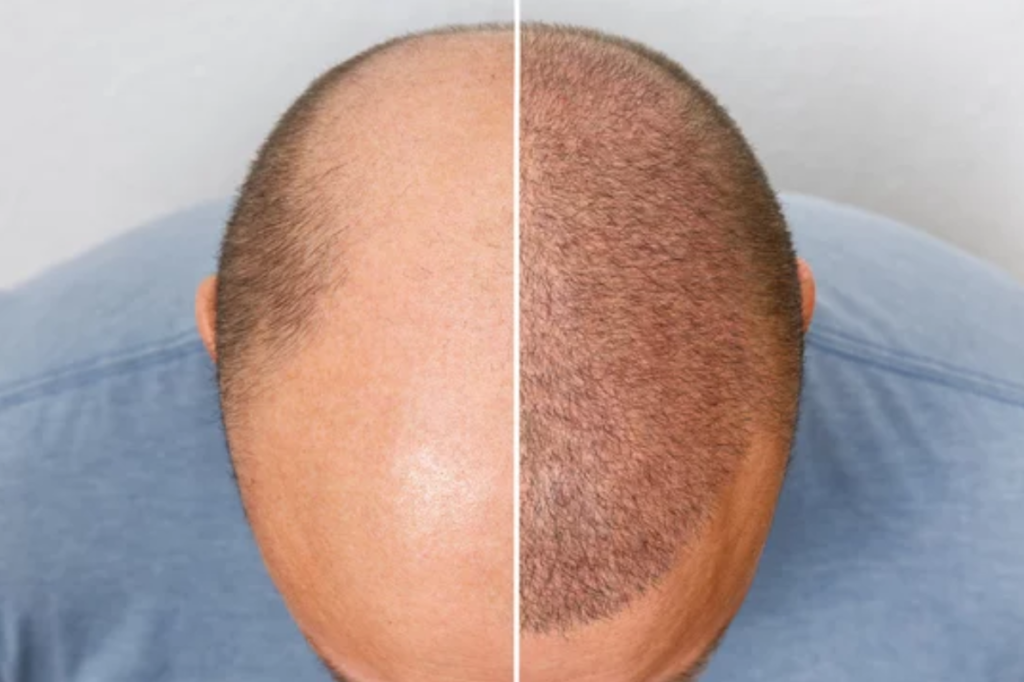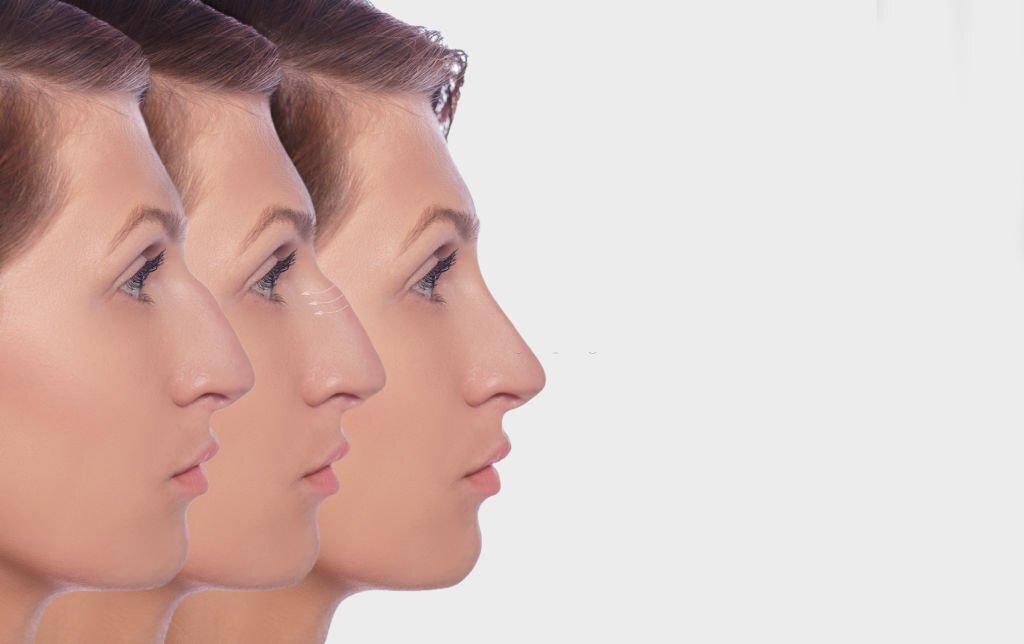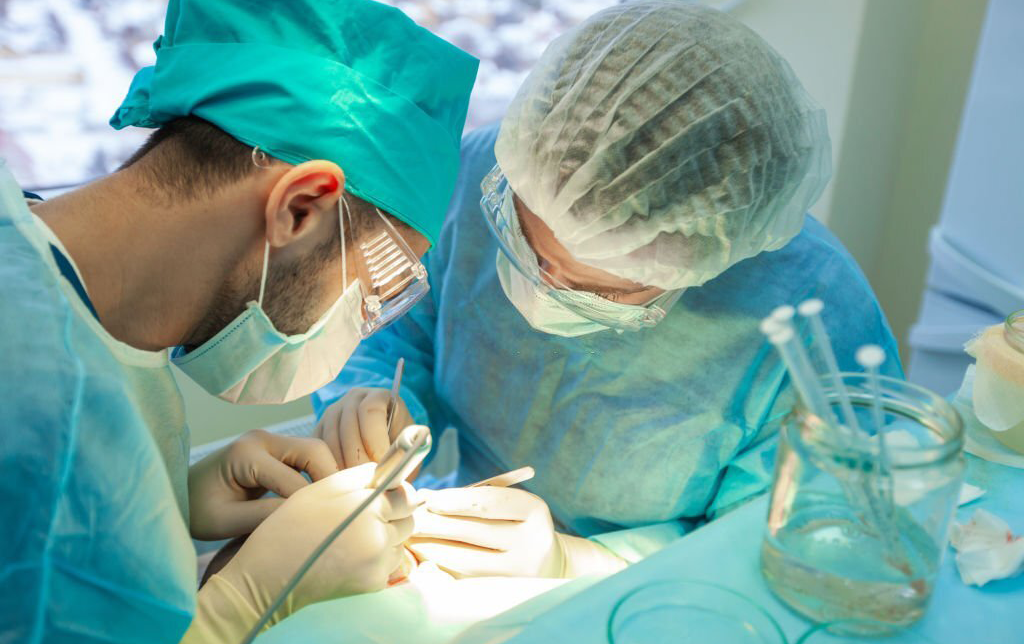Blogs

Follicular Unit Transplantation (FUT): A Comprehensive Guide
What is Follicular Unit Transplantation (FUT)?
Follicular Unit Transplantation (FUT), commonly referred to as the strip method, is a well-established hair transplant technique known for its efficiency in harvesting a large number of hair grafts in a single session. Unlike Follicular Unit Extraction (FUE), which involves removing individual follicular units directly from the scalp, FUT starts with the surgical removal of a strip of scalp tissue from the donor area. This technique is valued for its ability to provide substantial grafts and has been a reliable method for hair restoration.
The FUT Procedure: Step-by-Step
Step 1: Donor Harvesting
Objective:
The primary goal of donor harvesting in FUT is to extract a strip of scalp tissue while minimizing damage to hair follicles and ensuring minimal scarring. This step is crucial for achieving successful transplant results and an aesthetically pleasing outcome.
Process:
- Identification of Donor Area: The surgeon selects the permanent donor area, typically located at the mid-portion of the scalp’s back or sides, where hair is genetically resistant to balding.
- Strip Removal: A strip of scalp, approximately 1-2 cm wide and 20-25 cm in length, is carefully excised. Precision is key to avoid transecting hair follicles, which could jeopardize graft viability.
Trichophytic Closure:
After the strip is removed, the donor site is closed using a technique known as trichophytic closure. This method overlaps the wound edges, allowing hair to grow through the scar, which helps in making the scar less noticeable and improves the aesthetic outcome.
Considerations:
– Permanent Fringe Area: It’s important to remain within the permanent fringe area to ensure long-term hair retention.
– Scalp Laxity: Patients with tight or inelastic scalps may not be suitable for FUT, as increased tension could affect scar healing.
Step 2: Graft Preparation
Conversion of Donor Tissue:
The harvested strip undergoes meticulous processing to prepare individual follicular units for transplantation.
- Slivering: The strip is sliced into thin segments, or slivers, each containing a single row of hair follicles. This step is performed under magnification to preserve the integrity of the follicles.
- Dissection of Follicular Units: Individual follicular units, each containing 1-4 hair follicles, are carefully dissected from the slivers. The grafts are then stored in a chilled solution to maintain their viability until they are ready for transplantation.
Step 3: Creating Recipient Sites
Conversion of Donor Tissue:
The recipient sites are prepared for the placement of grafts.
- Site Creation: The surgeon creates tiny recipient sites in the scalp where the grafts will be implanted. This is done with precision to ensure natural-looking results and optimal coverage.
Step 4: Placing Grafts
The Art of Graft Placement:
Graft placement is a critical aspect of the procedure, requiring precision and skill.
- Tools and Techniques: Fine-tipped jeweler’s forceps are used to place the grafts into the prepared recipient sites. Loop magnification is employed to enhance visibility and minimize the risk of follicle damage.
Advantages of FUT
Despite its invasive nature, FUT offers several notable advantages:
– Higher Graft Yield: Ideal for patients requiring extensive hair coverage.
– Stable Donor Area: Utilizes a stable area of the scalp to ensure long-term hair retention.
– Cost-Effectiveness: Generally more economical than FUE for large graft requirements.
Disadvantages of FUT
FUT also has some drawbacks:
– Linear Scar: The method leaves a linear scar, which, despite trichophytic closure, may be visible and a concern for some patients.
– Longer Recovery: The procedure requires more extensive post-operative care due to the larger incision and sutures.
– Scalp Laxity Requirement: Not suitable for patients with tight scalps, which can impact the healing process.
Post-Procedure and Hair Growth
Immediate Post-Procedure Care:
Patients may experience some swelling and discomfort after the procedure, which can be managed with medications and proper care instructions.
Hair Growth Timeline:
Hair growth begins within months of the procedure, with the final results becoming apparent within 12-18 months as the transplanted hair integrates naturally with existing hair.
Follicular Unit Transplantation (FUT) remains a highly effective option for hair restoration, particularly for individuals requiring a large number of grafts. At Saundarya City, our team of experienced surgeons specializes in FUT, ensuring meticulous care and optimal results. If you’re considering FUT, consult with us to determine if this technique is right for you and take the first step toward restoring both your hair and confidence effectively.
Popular Posts

Nose Surgery (Rhinoplasty)
Nose reshaping (rhinoplasty or a "nose job") is an operation to change the shape or size of the nose...

Best Hair Transplant Doctor In Nagpur Location
Saundarya City Uses Modern techniques have enabled advanced methods for surgical hair transplants that can help restore lost hair...



 Book an Appointment
Book an Appointment